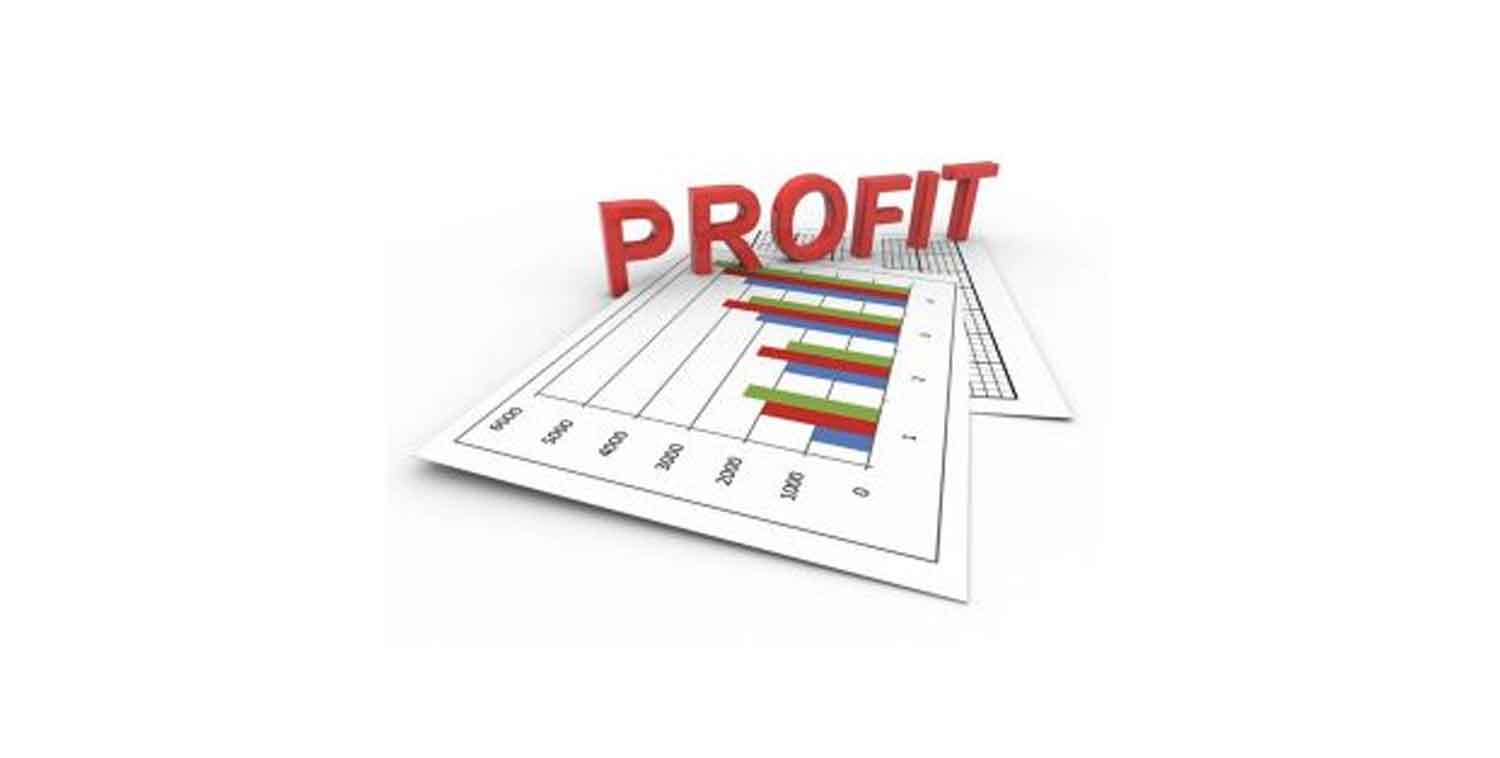“I’m having a hard time figuring out exactly where the business is. It feels like sales and expenses are all over the place – some real downers, then a few bright spots and then another dip and bump up. I want to keep things in line and come through this year okay. What do you suggest?”
If this year feels bumpy to you, you’re not alone. We’ve seen a slow start to the year for most business owners. Many businesses saw a jump in March or April, followed by a drop and then things picked up in May or June. Many businesses are holding their own overall, or are even up, but it’s sometimes hard to spot.
Try trend analysis to see if you can figure out what’s going on. Look at year-over-year and rolling averages. Monitor both income and gross profit. Check out the trend line on overhead expenses, payroll and marketing costs. And then analyze net profit, owner compensation and tax reserves.
Graph out income and expenses for the past three years. Compare each year and look at the overall trend. Are you up or down versus last year and the year before?
If your revenue is trending down, don’t just assume things will keep heading south. Put a three-month and six-month average of income onto the graph. What you’re hoping to see is that the six-month average is higher than any long-term drop in the income trend line. And you’re hoping to see that the three-month average is higher than the six-month average. That means things are headed back up.
Then look at overhead versus gross profit. Overhead is usually made up of three categories: general and administrative costs, overhead payroll, and marketing and sales costs. So long as gross profit (income minus cost of goods sold) is greater than overhead, you’ll have a positive net profit. If gross profit is less than overhead, start making cuts quickly to bring net profit back into the black.
Expense check
Your company may need to reduce payroll, limit perks, and/or freeze pay in order to get through tough times. Be careful what you decide to cut. Generally cutting marketing and sales in a down market is risky, because that’s the fuel you need to bring sales back into an upswing.
You may want to shift around what you’re spending on marketing. For example, if your customers are continuing to buy, you may want to focus more on promotions for existing customers in order to boost sales. If your core customer base is down, then you may have no choice but to go after new targets. Look at your number of customers per month and average sale per customer to figure out if your customers overall are fewer, or if they’re each buying less, or both.
If you have money left over, this is the year to commit it to modest marketing trials. Look to connect with potential customers, using a very small entry-level price point. You may not make profit on the offer, but you’ll add customers to your list and when they pick up they’ll be likely to buy more from your company. Consider this kind of entry offer part of your marketing program.
Revenue Review
Consider net profit and reserves for taxes. If you end up having a better than expected quarter, be sure to have enough money put away to pay quarterly withholdings. This is not going to be an easy year to borrow to cover taxes. And since things are so up and down, one good month, one soft one, for many companies, expecting to make enough money next month to pay for taxes on last month’s profits could be a risky strategy.
Keep a close watch on whether revenue is rising or falling, expenses are climbing or holding steady. As the economy recovers, prices for goods tend to rise. Many business owners see the increase in revenue and figure it will translate into profit, only to get surprised by higher operating costs. Monitor one-, two- and three-month averages on expenses, just like you do on revenue, to see if costs are rising, falling, or holding steady.
Finally, in a down economy, with rising unemployment, there are good people out there looking for jobs. It’s a great time to fill gaps in your work force. Make sure you focus on the three most productive areas: increased production skill and speed lowering overall costs to produce, increased sales and marketing skill leading to more revenue and increased financial controls leading to higher profit margins.




